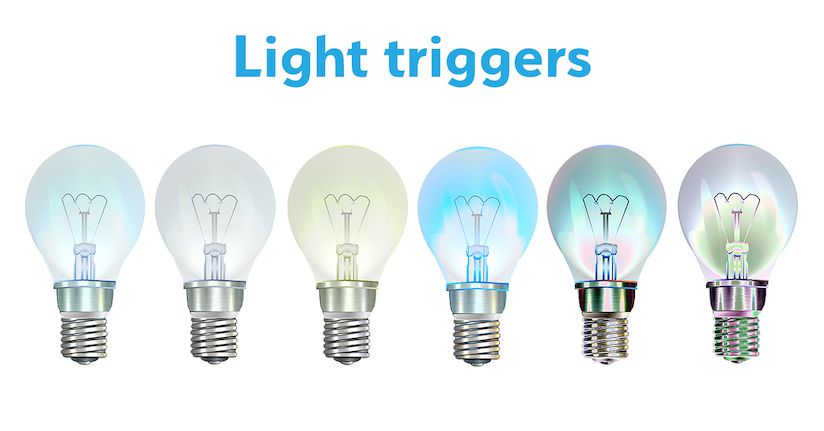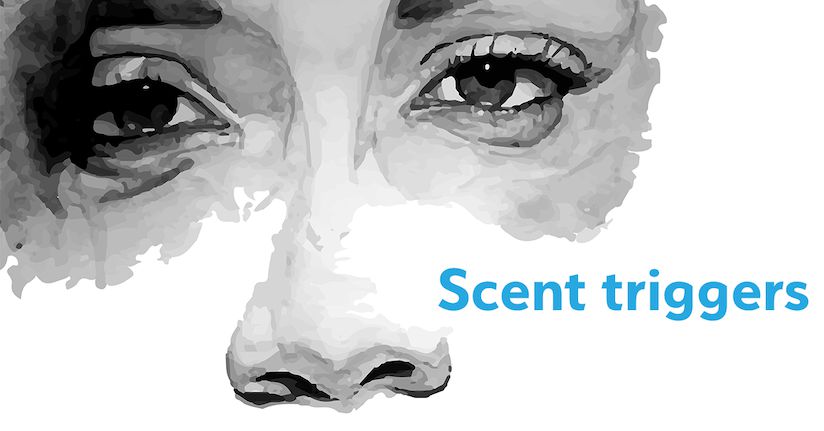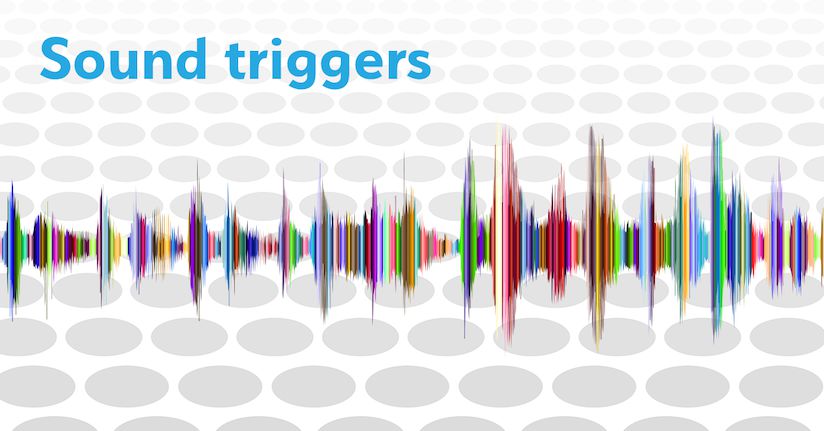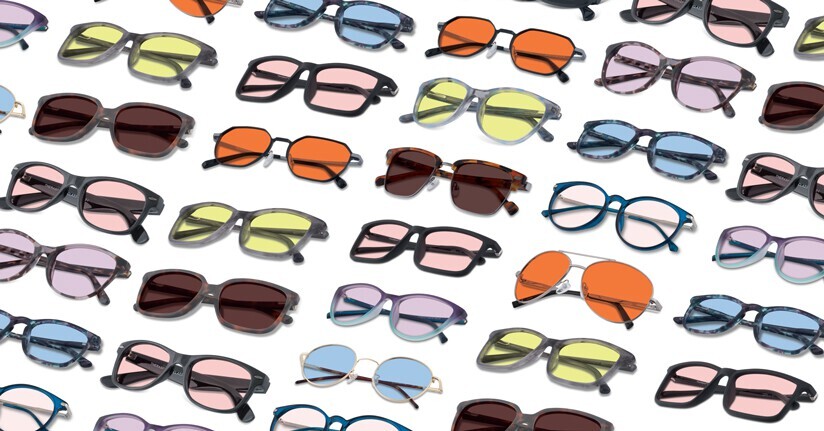23 Ideas for Reasonable Job Accommodations for Migraines
Workplace stigma is one of the most challenging issues faced by people with migraine—hiding symptoms to keep others from knowing their condition; dealing with ridicule from colleagues and/or repercussions from their superiors; even making the hard decision to quit their job due to disability. It is furthered by the often inconsistent adjudication of the Americans with Disabilities Act (ADA) and its labeling of migraine as a protected category. This ultimately creates confusion about the responsibilities on the part of the worker and the employer toward establishing reasonable accommodations in the workplace.
Of course, it can be hard to predict exactly how an employer will react to learning of a worker’s migraine disorder, and some companies are more supportive than others. But approaching your employer with a willingness to work together as well as with tactical ideas for migraine-related accommodations can be a critical first step—one that will allow both sides to reach a mutually-beneficial solution. We offer several suggestions for effective workplaces changes that you can take to your boss to get the conversation started.

Light triggers
Photophobia or painful aversion to light is one of the most common symptoms of migraine. This makes office lighting and prolonged screen time potential triggers for those on the job. Here are a few simple requests you can make of your employer to ease the burden of light sensitivity:
- Remove fluorescent lights from areas where you work on a regular basis. If that's not possible, try diffusing them with tube sleeves or substituting with warm lamp light.
- If natural light is more tolerable, see if they can relocate your workspace to a part of the office with windows.
- Purchase an anti-glare cover for your monitor.
- Get permission to wear a hat during the day, even if it's not typically part of the dress code at work.
- Have your IT department install f.lux or other blue-light filtering apps on your computer or smartphone.
- Identify a mutually-agreed upon location that can function as a ‘dark room’--either one with low light that will allow you to continue working or one where you can go to get a migraine attack under control.
- Request that TheraSpecs precision-tinted glasses to be worn during the work day. Some HR departments may even purchase them on your behalf.

Scent triggers
Many people also must deal with specific scents in the air that can bring on a migraine attack (known as osmophobia). While you cannot realistically expect to remove every triggering smell from your surroundings, there are options for the workplace:
- Encourage the implementation of a fragrance-free area around your work space.
- Politely refuse the use of harsh chemical cleaning supplies around your specific work environment.
- Purchase an air purifier to properly circulate the air in and around your designated area.
- Provide suggestions for a mask or nose plugs that you can wear if you have to be in a non-typical area or if a triggering scent has been used.
- Allow for you to put out your own aromatic scents around your location that you know will not trigger a migraine.
- Allow for you to close your office door if needed or take frequent breaks outside.

Noise or sound triggers
Sound sensitivity can enhance your stress in the office--especially in a noisy work environment. Fortunately, there are potential accommodations that can be made to minimize the negative impact.
- Relocate your work space to a lower-traffic area, where you are less likely to be exposed to loud or unpleasant sounds.
- Advocate for the installation of noise-reducing materials on the walls (such as sound absorbing panels).
- Allow for the use of a white noise machine in your office.
- Procure earplugs or noise-cancelling headphones for use during the work day.
Other Recommendations
- Have open dialogues with coworkers about your migraines and what triggers them; this can help if you ever have to request their assistance in managing triggers or in helping support you during an attack.
- Designate back-ups for the days when you have to miss work.
- Maintain a system for keeping track of important paperwork or other information that you might need to provide if you are not able to be in the office.
- Determine if there is an opportunity to work from home on days when you are not feeling well.
- Establish flexible work hours that can allow you to make up for missed days and/or allow you to be in the office when triggers are less prominent (e.g. evening hours which are lower traffic).
- Create a workflow for filing and sharing information so you can easily reference important data and tasks that you may have missed during a pre- or post-migraine brain fog.
When it comes to accommodating your migraines at work, keep in mind that a trial period may be necessary in order to discover what is effective for both you and your employer. Be willing to experiment! And feel free to share other ideas in the comments below.

TheraSpecs® Glasses for Light Sensitivity
Find the glasses that fit your needs and lifestyle, and stay protected from screens, fluorescents, unwanted blue light, sunlight, flashing lights, and more.
Shop Now



